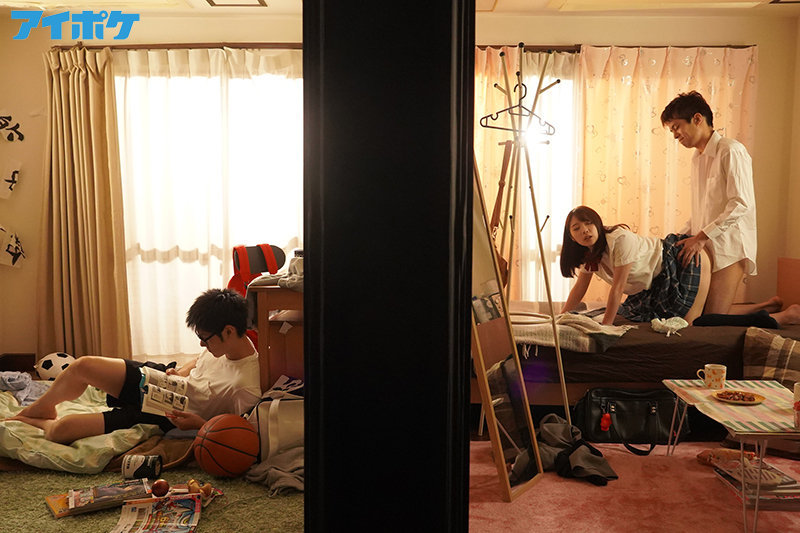
Kaka Tobrut Dikeroyo
In today’s hyper-connected world, gaming is no longer just a hobby — it’s a global conversation. Every few weeks, a Kaka Tobrut Dikeroyo captures the attention of millions, flooding timelines with highlights, reactions, and endless memes. Whether it’s a surprising gameplay moment, a player’s emotional victory, or an unexpected glitch, viral gaming clips have become a defining part of online culture. As someone who closely follows the evolution of digital entertainment, I see the rise of the Kaka Tobrut Dikeroyo not as a coincidence but as a natural progression of how we consume media. It’s not only about playing anymore — it’s about sharing, reacting, and becoming part of a massive digital audience that thrives on excitement and emotion.
The Rise of Game Kaka Tobrut Dikeroyo Moments
The Kaka Tobrut Dikeroyo trend has changed the way people engage with video games. A single clip — perhaps an unbelievable kill streak, a speedrun, or a hilarious in-game fail — can make its way from Twitch or YouTube to Twitter and TikTok within hours. These snippets are short, punchy, and perfectly designed for the scrolling generation. What makes these viral moments special is their spontaneity. Unlike traditional entertainment, which is heavily edited and produced, a Kaka Tobrut Dikeroyo feels authentic. It captures real reactions and real emotions — joy, frustration, triumph, or pure chaos. That authenticity is what makes people click “share.” In many cases, the popularity of a Kaka Tobrut Dikeroyo even fuels the success of the game itself. Titles like Among Us, Fortnite, and Genshin Impact owe much of their fame to viral moments that spread beyond gaming communities. One video can introduce millions of non-gamers to a game they’ve never heard of before.
Why We’re Obsessed with Viral Gaming Content
There’s a psychological reason we love the Kaka Tobrut Dikeroyo phenomenon: it gives us a thrill without requiring participation. Watching someone else’s epic win or hilarious fail allows us to experience the rush of gaming without holding the controller. It’s entertainment that feels interactive — even when we’re just spectators. In my opinion, this fascination also comes from community. Gaming has always been social, and viral clips amplify that sense of togetherness. When a game video viral spreads online, it’s not just about the player — it’s about everyone reacting, laughing, and analyzing together. For a brief moment, millions share the same digital heartbeat. However, this same obsession can blur the line between gaming and performance. Some streamers now feel pressured to create viral moments intentionally, turning genuine play into staged spectacle. The more the internet rewards virality, the harder it becomes to separate authenticity from strategy.
The Double-Edged Sword of Going Viral
The Kaka Tobrut Dikeroyo trend has created new opportunities — and new challenges. On one hand, it has democratized fame. Anyone can record a gameplay session, post it online, and become famous overnight. Many professional gamers and content creators started this way. On the other hand, virality can also lead to burnout. Constantly chasing the next Kaka Tobrut Dikeroyo moment pushes creators to prioritize engagement over enjoyment. Gaming, which was once an escape, can start to feel like a job driven by algorithms. From my perspective, the healthiest creators are the ones who balance both worlds — who play because they love it and share because it’s fun, not because they’re chasing numbers. The best viral clips happen by accident, not by design.
- Ponakan Dan Paman Jpan Viral
- Onic Ldya 12 Menit
- Video Erika Putri Viral
- Korno Logi Jepang Asiya
- Yandex Video Papua
Game Videos as the New Digital Language
Beyond entertainment, the Kaka Tobrut Dikeroyo reflects how gaming has become a universal language. It breaks barriers of geography, language, and even age. A funny clip from an Indonesian gamer can make someone in Brazil laugh within seconds. That’s the power of the digital era — connection through shared moments. Viral gaming videos have also shifted perceptions. Once seen as niche or geeky, gaming is now mainstream, with viral clips acting as the bridge between hardcore gamers and casual viewers. The Kaka Tobrut Dikeroyo phenomenon shows that gaming isn’t just an activity — it’s culture, emotion, and storytelling all rolled into one.
- Gak Ada Pacar Live Omek
- Kepergok Pacar Wikwik
- Cekin Hotel Langsung Sodok
- video jepang viral ketika bos suami mampir ke rumah
- Cindo Cosplay Baju Maid
Conclusion: More Than Just a Clip
The Kaka Tobrut Dikeroyo is more than a fleeting piece of content. It’s a glimpse into how technology, creativity, and emotion intertwine in modern life. It celebrates the spontaneity of play and the joy of connection that transcends screens. In my opinion, the future of viral gaming videos isn’t about chasing trends — it’s about preserving authenticity. As long as players continue to share real moments of triumph, humor, and humanity, the Kaka Tobrut Dikeroyo will remain the internet’s favorite genre. After all, in a world overflowing with digital noise, nothing cuts through quite like genuine excitement — and gaming gives us that every single day.





















